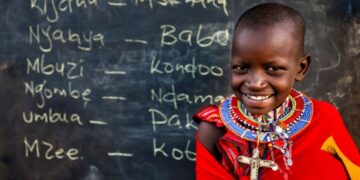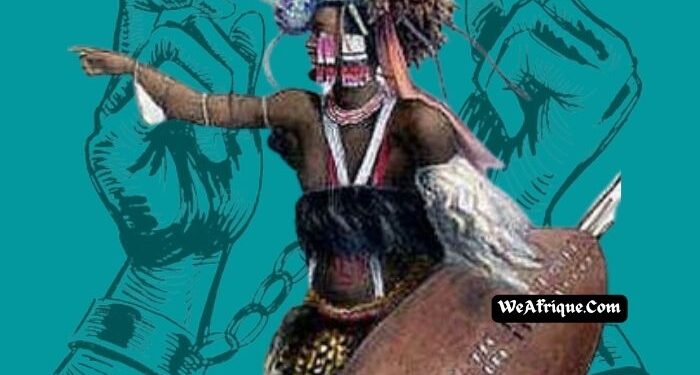Slavery is a part of history that time cannot erase from the memories of the generations of formerly enslaved people in Africa, and the Americas. While the system took away many people from Africa to the Americas, there is an under-reported part of how enslaved people fought back to gain their freedom and that of others.
While some fought successfully and founded nations like Haiti or lost their lives and left legacies like the town of Yanga and San Basilio de Palenque, here are all the fascinating details to know about these great warriors.
Iconic African Warriors That Fought Slavery
1. Gaspar Yanga (1545-1618)
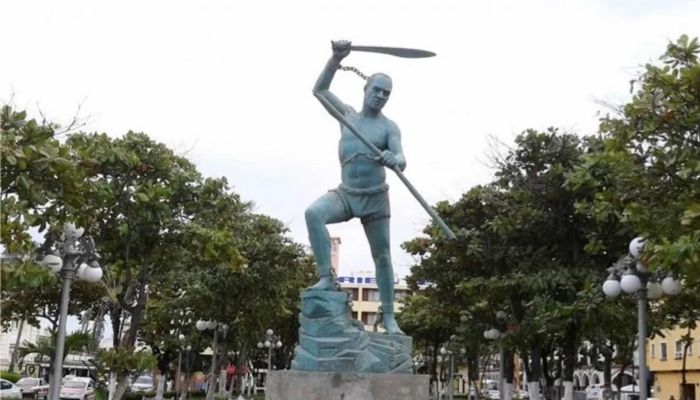
Also known as the First Liberator of the Americas, Yanga was born in Gabon and later sold into slavery in Mexico. Having started his life in a royal family among the Bran people of Gabon, his capture in Mexico only increased his determination for freedom.
It is unclear when he was captured into slavery, however, reports have it that he was about 25 years old in 1570 when he fled from his enslaver. Together with other fleeing slaves, they formed a maroon colony named San Lorenzo de los Negros in the highlands. This type of settlement made of running or former slaves was also called palenque. From this location, Yanga led a series of attacks on nearby plantations and caravans around Vera Cruz for the survival of the Palenque.
Eventually, his community and the Spanish authorities started having clashes. However, they escaped capture by the government for over forty years. It was not till 1618 that the Spaniards finally signed a treaty that would settle the hostility with Yanga’s maroon colony. While the agreement allowed him to build a free community, the settlement continued to pay taxes to the Spanish crown. His resistance against slavery led to the establishment of San Lorenzo de Los Negros de Cerravo in 1630.
Today, the town’s name has changed to Yanga after the former slave who fought and won against a brutal institution. The Mexican government honored him with the title of the national hero of Mexico in 1871 while the town was named a UNESCO world heritage site. He is also the inspiration behind Snoop Dogg’s 2020 song Gaspar Yanga.
2. Benkos Biohó
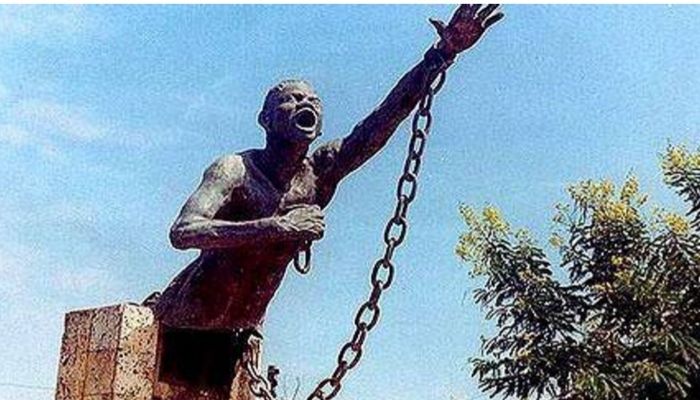
The town of San Basilio de Palenque may still be standing as the first free African town in the Americas, yet, behind this is a shocking history of slave revolt. Its hero, Benkos Biohó was a Mandinka man who started life in a Guinea Bissau royal family. However, his life’s course took a different direction when he was captured and sold into slavery by the slave trader, Pedro Gomes Reinel.
While in captivity in the Americas, Biohó escaped captivity severally. His last escape was into the marshy lands north of Cartagena in 1599. The success strengthened his organization into one of the largest armies in the Montes de Maria region. Through this army, he was able to set other enslaved people free as well as assist fleeing slaves. He also started addressing himself as king, a matter that was not taken lightly by the government.
Notably, his activities led to clashes with the Colombian government. They finally signed a peace treaty in 1612. This peace lasted till 1619 when the Spaniards captured Benko. The South American emancipator was later hung in 1621.
3. Zumbi dos Palmares (1655-1695)
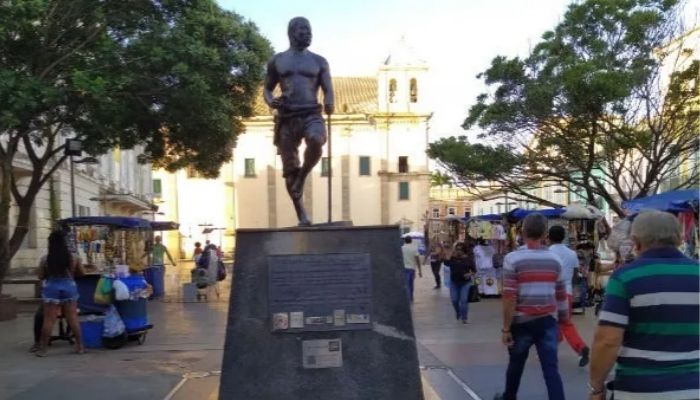
This Brazilian warrior remains a powerful symbol of resistance to slavery. His descent is traced to Kongo nobility through his mother, Sabina. He was born into slavery in 1655 in Palmares. When he was six years old, he was given to the missionary, Father Antonio Melo.
By the time he turned 15 in 1670, Zumbi who was baptized Francisco escaped and returned to Palmares. The years following this saw him rise to become a leader of the maroon community of Palmares. Notably, he possessed military prowess and the martial arts skill of Capoeira. He used this in defending Palmeres against the Portuguese authority.
After a series of clashes, the Portuguese were forced to settle with him but he rejected their offers because other slaves outside of Palmares had to be freed. He fought the government for 15 years before they finally captured and killed him in 1695.
Zumbi is considered one of the greatest warriors in Afro-Brazilian folklore. Many believed he was a demigod who was controlled by African spirits.
4. Queen Nanny 1685-1750
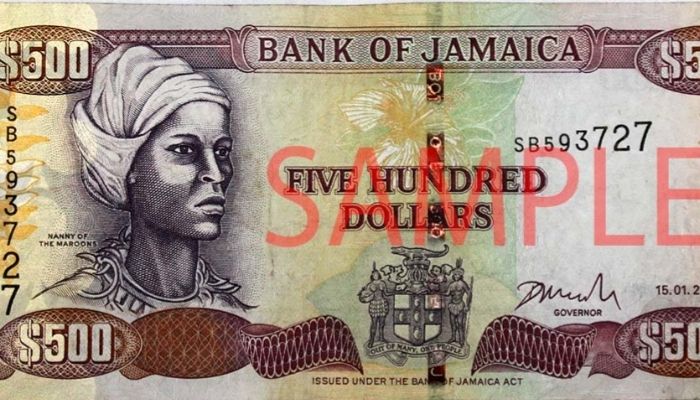
She was a leader of the Jamaican maroon community that fought the British to regain their freedom. Also known as Granny Nanny, her story started in the West African country of Ghana where she was born in c.1685. However, she was captured and sold into slavery, a journey that would lead her to Jamaica.
While in captivity, she escaped and joined other fleeing slaves in the Blue Mountain range. Over time, she gained experience as a fighter. Thanks to this military skills and leadership ability, she trained others in guerilla warfare that would free more than 800 slaves.
As a result of the fierce resistance put up by the maroons, the British were forced to sign a peace treaty with them in 1740.
Queen Nanny’s role in fighting slavery has led to her recognition as Right Excellent by the Jamaican government. You will also find her on the Jamaican $500 bill.
5. Elizabeth Freeman c.1744-1781
Unlike most enslaved people who took up arms to fight for freedom, Elizabeth fought through the Massachusetts court to gain freedom. She was born Beth in Massachusetts but was given to her master’s daughter, Hannah Ashley when she was six years old. Beth was the first to file and win a lawsuit for freedom in Massachusetts.
There are accounts of how she came to know about the freedom contained in the Sheffield Declaration. Many believe that she overheard her master, Hannah’s husband discussing the issue with others.
After hearing of the freedom and equality contained in it, she hired a lawyer, Theodore Sedgewick. The pro-abolition lawyer filed a lawsuit on her behalf. The lawsuit led to their freedom and an award of 30 shillings to cover the cost of the trial. This landmark victory in 1781 set a precedent for other cases.
6. Toussaint Louverture 1743-1803
He is also known as the father of Haiti. To understand how he earned such an accolade, it goes back to his being a former slave who became a great warrior against slavery. He was born into slavery to a West African man from Dahomey named Hypolite and his wife, Pauline.
Toussant drew attention to himself as an influential person through his leadership in the Haitian revolution. He joined the slave rebellion in 1791 during which time he trained other negro people in the army. However, he was not impressed with the organization of the leadership of the rebellion leading him to train his own guerilla fighters.
The rebellion put a spotlight on him and added to his influence. This would prove vital when he started playing both the Spanish and French governments during the 1793 war between the two powers. He later chose the French side after they abolished slavery and became governor-general of the Island in 1796.
The military strategist used his new position to continue fighting for other enslaved people. However, the French soon clashed with him when he freed slaves in Santo Domingo. This move led to his capture and imprisonment by the French. Having laid the foundation for Haitian independence, he did not live to see it happen as he died in 1803. Nonetheless, the revolution continued till the former slave colony declared independence on January 1, 1804.
7. Nat Turner 1800-1831
He is one of the fiercest warriors against slavery among people of African descent. Nat is said to have possessed fierceness since when he was a child. As an adult, he channeled this into fighting an institution that he was born into.
Aside from being fierce, Turner was deeply religious, and through his beliefs, he amassed a huge following. In his teachings, he encouraged his followers to take action against their enslavers. This would eventually lead to the Nat Turner rebellion of August 1831, one of the fiercest slave rebellions led by him and about 70 enslaved people.
They started by killing his master, his master’s wife, and their children before attacking other slave-holding families. In the uprising that lasted between August 21 and August 23, they killed over 50 people before he was captured and executed.
8. Carlota Lukumi
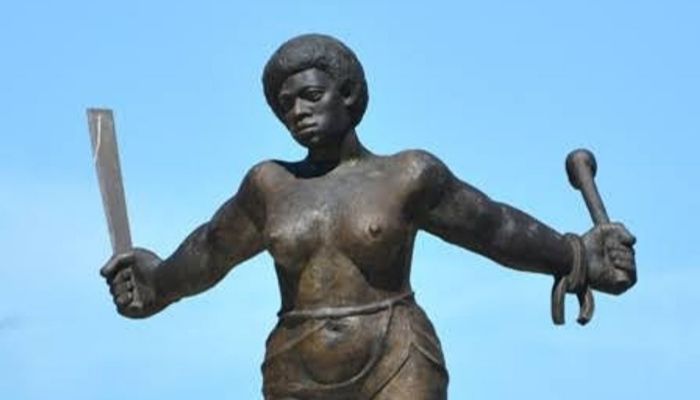
She is one of the greatest warriors who fought against slavery. Carlotta is of Yoruba descent and was sold into slavery in Matanzas, Cuba. She started planning a revolt while in captivity on a sugar plantation. One of her collaborators was another female slave named Fermina. Their plans were discovered and Fermina was beaten and imprisoned.
This did not stop the musically gifted Carlotta from continuing with the plan. Reports have it that she used the talking drum to send coded messages. Considering her African background, it is not surprising that she used this means of communication.
In 1843, she led a successful attack that freed Fermina and other enslaved people. This marked the beginning of other uprisings by the fearless warrior who went to battle using a machete. Their success against the Spanish plantations only lasted for a year before she was captured and executed alongside Fermina.
9. Bussa
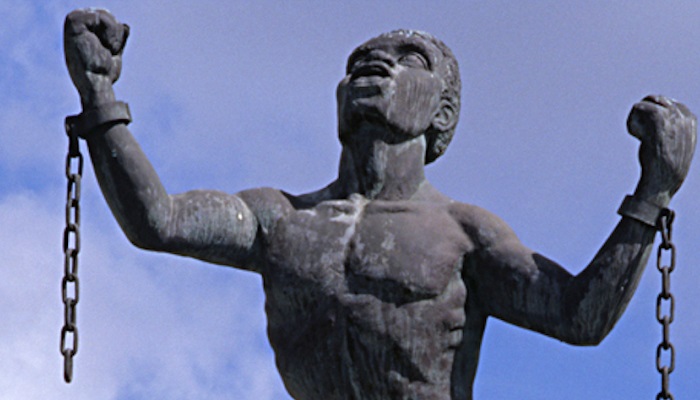
He was one of the planners of the 1816 rebellion in Barbados. How he came to be a fighter in the first of three rebellions that happened in the West Indies before the abolition of slavery is quite a fascinating tale of bravery.
Bussa is said to be of Igbo descent and was born in West Africa before he was later enslaved in the West Indies.
While in captivity, Bussa worked as a ranger and this position gave him mobility that allowed him to organize the rebellion alongside other slaves from different plantations. He and other collaborators led about 400 slaves in the rebellion. The revolt started on Sunday, April 14 in St Phillip before spreading to other parts of the Island.
Bussa’s rebellion led to the declaration of martial law on April 15. Sadly, he was killed in battle while the fighting continued. Three days later, the British imperial troops quelled it. While over 100 slaves died during the rebellion, only two white people were reported to have been killed.
Today, ‘Bussa’s statue’ stands tall in the Haggart Hall in St Michael. The statue was unveiled in 1985, 169 years after he fought to free himself and other slaves. His role as a warrior against slavery has also earned him a place as a national hero of Barbados.
See Also: 10 African Slaves Who Became Legendary
10. Harriet Tubman
Her story is one of courage and bravery. She is a third-generation slave whose grandmother, Modesty was sold into slavery in Africa. Harriet Tubman experienced the trauma of slavery as she grew up under harsh conditions. Her first taste of resistance came from her mother who resisted the sale of her son. This experience of being separated from some of her children made Harriet’s mother strong-willed.
In adulthood, Tubman fought slavery for herself and others through the underground train, a set of secret safehouses that provided hiding places for fleeing slaves. Her activity on the underground train earned her the nickname of Moses after the Biblical Moses that led the Israelites out of Egypt. Tubman freed an estimated number of 70 people in 11 years. These included members of her family and other slaves from Maryland
